Measuring Quality Education
Introduction
There are many methods of measuring quality in education. Some measurements may assess internal factors while others are measures of external factors. Taken together they can paint a picture of a program, department, institution, or educational system.
The following report provides, where possible, a set of data that compares Columbia College professional programs with similar programs in public institutions in Alberta.
Source of Data
Figures for Columbia College were drawn from their Annual Key Performance Indicators Report as well as the Annual Customer Satisfaction Survey Results. Figures for public institutions were drawn from the Advanced Education and Technology Business Plan Highlights.
Note 1: It should be noted that two different methods are followed to gather this information and therefore the results are not directly comparable. The Department of Advanced Education is now working toward developing procedures to obtain comparable results for public and private institutions.
Note 2: All Columbia College figures are for 2008/09. Public Institutions figures are for 2010/13.
Outstanding Results
It is important to point out that two programs at Columbia College are nationally accredited programs. Students in these programs must write national exams. In both cases Columbia College students generally performed as well as, or better than, students from public and private colleges across Canada. In fact, in the Dental Assisting Program, over the past five years, students have consistently achieved final exam scores at least 20% higher than the national average. In the college’s new Licensed Practical Nurse Program, 100% of its first two graduating classes passed the national exams. We are not aware of any other college in Canada that achieved this outcome during this period.

